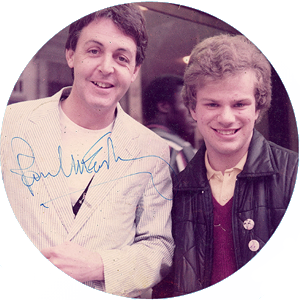This website uses cookies so that we can provide you with the best user experience possible. Cookie information is stored in your browser and performs functions such as recognising you when you return to our website and helping our team to understand which sections of the website you find most interesting and useful.
Its original working title was Get Back. It was a name chosen to reflect the fact that The Beatles were attempting returning to their roots – making straight-up rock once more. But, like so much to do with the final album the band released, its title would disappear. And when it finally saw the light of day half a century ago, as a special album and book box-set on May 8, 1970, the most celebrated quartet in pop music history wanted little to do with it, or each other.
Let It Be – named after Paul McCartney’s song on the album and an accompanying documentary film – came out almost a month after The Beatles had formally split. And, thanks to an overwrought production job from producer-for-hire Phil Spector, much of it sounded quite unlike anything they made before – a fact that would rankle with McCartney for decades to come.
Of the 12 studio albums they made in a sensationally fertile recording period between 1962 and 1969 – and few, now, regard Magical Mystery Tour as a studio album proper – none was more controversial or as arduously assembled as Let It Be.
And, yet, while it was the final album they released, it wasn’t the last they made. Abbey Road was written and recorded after Let It Be’s fractious sessions, but was in shops some eight months before. Somehow, the four had managed to patch up their differences and deliver one last masterpiece together – an album their long-standing producer George Martin would later say was his favourite of the lot.


